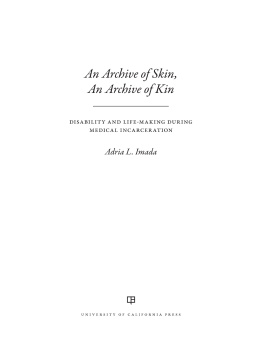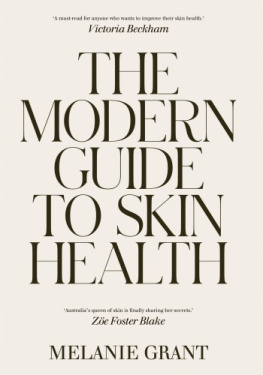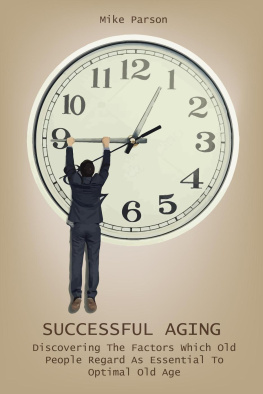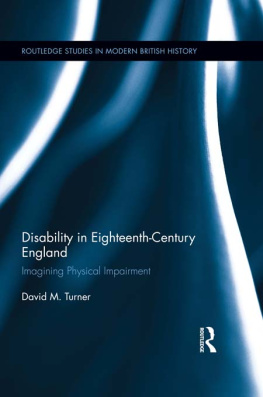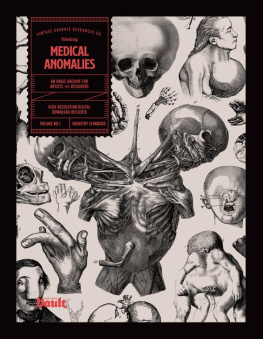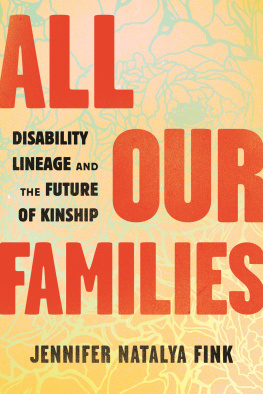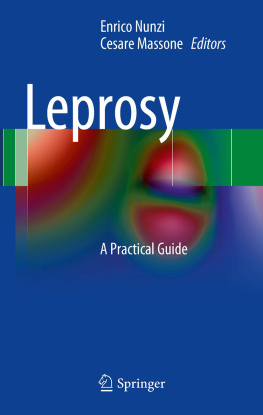PREFACE : ENCOUNTERING THE PHOTOGRAPHS
Readers opening this book may be surprised, disturbed, angered, or elated to encounter clinical photographs of people taken at leprosy institutions in Hawaii beginning in the 1890s, so I begin with a pause. If you have ancestral ties to ka pae ina o Hawaii (the Hawaiian archipelago), you may be distressed seeing how the process of medical incarceration filed people away and consigned them to social death. Perhaps, however, a photograph brings the face of a relation into focus for the first time. Or you may take comfort in witnessing how patients bestowed care and attention on one another. I cannot anticipate your response. These photographs open up encounters for viewers that I cannot predict, as I could not for myself.
Each leprosy surveillance photograph, now housed at the Hawaii State Archives, is placed in a separate file. Mounted on thick cardboard, the photograph retains a heft and particular smell. Over a period of about five years, I held and touched each of the approximately 1,400 clinical photographs one at a time. Tina Campt has suggested photographs are more than seen; they may resonate with a sonic frequency. My encounters with these images also went beyond the visual to the haptic. Touching each photograph was an encounter with a person. It is hard not to feel moved by the collective weight of these images and the experiences of the people within.
Seeing people in the leprosy detention hospital adorned with fragrant lei awapuhi (ginger blossom garlands) or the face of Cecelia, a young girl who was removed from the district where I grew up, I have cried sloppily in the air-conditioned archives. I know now to stash tissues in my pockets. I also have chuckled at the insolent, sideways, or even flirtatious glances made in front of the medical camera. Other images required much more pause and contemplationpeople whose skin revealed open ulcers and who likely were in states of pain, distress, or confusion.
At the risk of offending certain viewers, I have chosen to publish a selection of clinical photographs in this book. These photographs were essential to medical and political processes that transformed people into racialized pathogens and removed them from civil society. I integrate these photographs into my analysis, including as much contextualizing and biographical information as possible to situate a person in broader relationships with kin, communities, land, and water.
A fuller elaboration of the ethics of viewing medical photographs, as well an explanation of the speculative guides, protocols, and consultation upon which I relied, is in the introduction. In conversations with people, some reacted as if the photographic archive were a mortuary unearthing sacred bones. Hawaiians do not show iwi [bones], a Kanaka iwi (Native Hawaiian) scholar and friend took care to remind me. Other friends with ties to the current Kalaupapa, Molokai, settlement advised me on selecting photographs that would balance analysis with regard for personhood.
Clinical images from what I call an archive of skin reveal bodies in vulnerable states. However, I deliberately excise nudity from photographs and crop images to discourage voyeuristic staring at disfigurements associated with leprosy (Hansens disease). I indicate where these alterations have been made. Some readers may wish to bypass the clinical images altogether (particularly in chapters 1 and 2) and move directly to patient-centered kinship practices in chapters 3 and 4, and the epilogue.
These photographs are also much more than representations of death, however. While the colonial-medical state violated people in the creation of this carceral archive, the photographs live on as performances by those imaged within. They resonate with violence, grief, and care, signaling the life-making that persisted after medical exile. If you forge past the more difficult medical surveillance photographs, you will see incarcerated people bestowing care upon one another and taking their own sorrowful and funny photographs. They posed with pets, friends, and lovers with wit and humor. One man who was exiled for decades joked about his condition, calling leprosy leperoses, or the handsome disease. Like him, people survived exile by laughing and crying.
As much as this book offers interpretations of skin and its significant consequences, I hope to move us to other ways people recognized and claimed each other beyond the surface of the skin. Kimo Armitage, in his novella The
NOTE ON LANGUAGE
In this book, I refer to the Indigenous people of the Hawaiian archipelago as Knaka iwi, Knaka Maoli, Knaka, Native Hawaiian, or Hawaiian. Knaka iwi are people whose iwi (bones) are the land. Signifying indigeneity, Hawaiian does not reference Hawaii as a place of residence, but signals a genealogical relationship to ina (land).
Following modern Hawaiian orthography, I use diacritical marksthe okina (marking a glottal stop) and the kahak (a macron indicating a long vowel)for Hawaiian-language terms. I do not italicize words in lelo Hawaii (Hawaiian language), in order to avoid marking an Indigenous language as foreign. Words such as Hawaiian are English words and therefore do not require diacritical marks. Since nineteenth-century and early twentieth-century sources written in lelo Hawaii did not employ diacritical marks, I have preserved the original spelling of names and words in these sources, with the exception of prominent names and places that follow contemporary spelling conventions.

